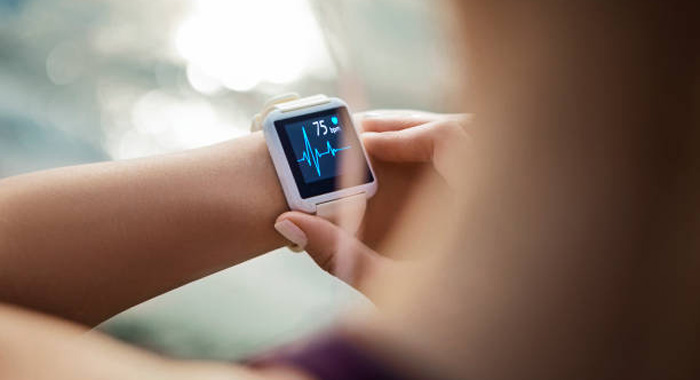As technology advances and customer demand increase, the development trend of wearable devices has been on a significant rise in recent years. From fitness trackers to smartwatches and augmented reality glasses, wearable technology has become increasingly popular in the customer market.
Wearable devices bring convenience, improved health monitoring, and access to variety of applications and services. They are expected to continue gaining traction in the coming years, with new and improved features being developed to meet customer needs.
Microcontrollers are widely used in wearable devices to act as the brain of these electronic systems. The MCUs provide processing power and control over the devices, include managing device communications, collecting sensor data, controlling user input, controlling power consumption, and keeping the device running efficiently.
The Application of Microcontrollers in Wearable Devices
Microcontrollers are used to monitor and process data from sensors, as well as control user input. They can be used to track movement and vital signs, process audio and video data, and control device functions. MCUs are also used to store and process data for analytics, as well as to provide secure transmission of data between the device and the user.

Source: Internet
For power consumption management, MCUs help to extend battery life and improve the user experience. By monitoring the device's current usage and power consumption, It can make decisions on when to power down components or turn on low-power modes.
It also used to provide secure communications between the device and the user. By encrypting data and authenticating users, microcontroller can help protect sensitive information and ensure that only authorized users have access to the device.
How Microcontroller Adapt to Market Demand?
With the development of 5G networks, it is expected to drive the growth of wearable devices. For instance, 5G networks will enable low-latency connections for real-time data transfer, making it possible for wearable devices to access more complex services and applications.
Furthermore, there are increasing numbers of devices that will be built with artificial intelligence capabilities, as well as the development of more powerful and efficient components to enable longer battery life. In the future, the wearable devices should be more innovative.
To satisfy the market demand, microcontrollers should be continuous development and iteration. They will becoming more impact, powerful, and energy-efficient. Besides, they will be designed to handle multiple tasks and sensors simultaneously, while also providing faster processing speeds and more memory. Additionally, they are also becoming more secure, with integrated encryption, authentication, and secure boot capabilities.

Source: Internet
The basic calculation and control functions cannot meet the increasing needs of users. MCUs integrated sensors, low-power Bluetooth, and WiFi will bring a better experience for customers. Integrating with DSP and FPU is able to improve the calculation capability and operational speed.
The most basic demand of users is the longer battery life. Microcontrollers are being optimized to reduce the amount of power consumed. This includes reducing the clock frequency when the device is idle and allowing the device to enter a low-power mode when it is not in use. Additionally, they are also being designed to better manage power consumption when the device is in use, such as by adjusting the voltage and power management schemes.
With the development of IoT technology, the network connection capability of MCU is becoming more and more important. MCU needs to support Bluetooth, WiFi, 4G, and other technologies to realize the fast connection with mobile phones and the Internet and provide more services and functions. At the same time, the MCU also needs to support features such as multi-protocol, multi-band, and multi-channel to adapt to different network environments and usage scenarios.
The security is more and more important for all of us. Customers will prefer to select the devices that safeguard their personal information and privacy. So that the MCUs are required to support functions such as hardware encryption, secure boot, and secure storage.
In conclusion, wearable devices are essential in our daily life. As an innovative and smart device, they upgrade our experience and satisfy for the increasing demand for health, sport, and fashion. With the continuous advancement of technology and changing market demands, chips and MCUs for wearable devices will continue to develop and innovate, bringing more value and convenience to users.